SERI KEMBANGAN, May 10 — Sometimes, the old ways are best.
Seven years ago, we included Restoran Chen Fatt, a time-honoured institution in Seri Kembangan on a list of our three favourite places for paper-wrapped chicken.
In fact, you can find a printed copy of the article framed and up on the wall there, where time has lent it a faded but golden hue.
Despite the Cantonese origins of paper-wrapped chicken, or chee pau kai, the restaurant – like so many others in Seri Kembangan — serves mostly Hakka fare, including classics like pork with preserved mustard greens, or mui choy kau yoke. The question is: is it still good?
It is midday, and the distinct sound of Hakka flies through the air at a furious pace, though I can only catch bits and pieces of it.
While my Hakka is only as good as my French (je ne parle pas français), it is instantly recognisable to me, having spent plenty of time listening to my mother and grandmother speaking it at home.
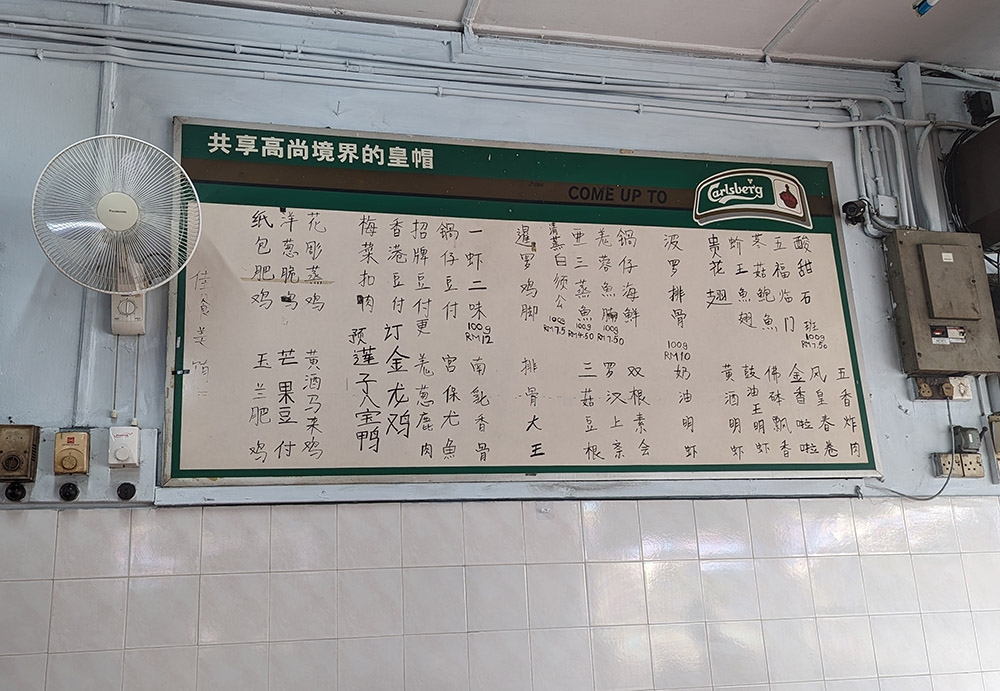
Equally recognisable to me is Chen Fatt’s mui choy kau yoke (RM20), which left an indelible mark on my mind ever since I tried it here just under a decade ago.
To me, this dish has always been the draw here: pieces of pork belly steamed into tender surrender, in a luscious, savoury sauce with chopped-up mui choy.
Prepared this way, mui choy has a unique and complex flavour that I can’t quite put my finger on; sweet, savoury, tangy and even a bit of bitter.
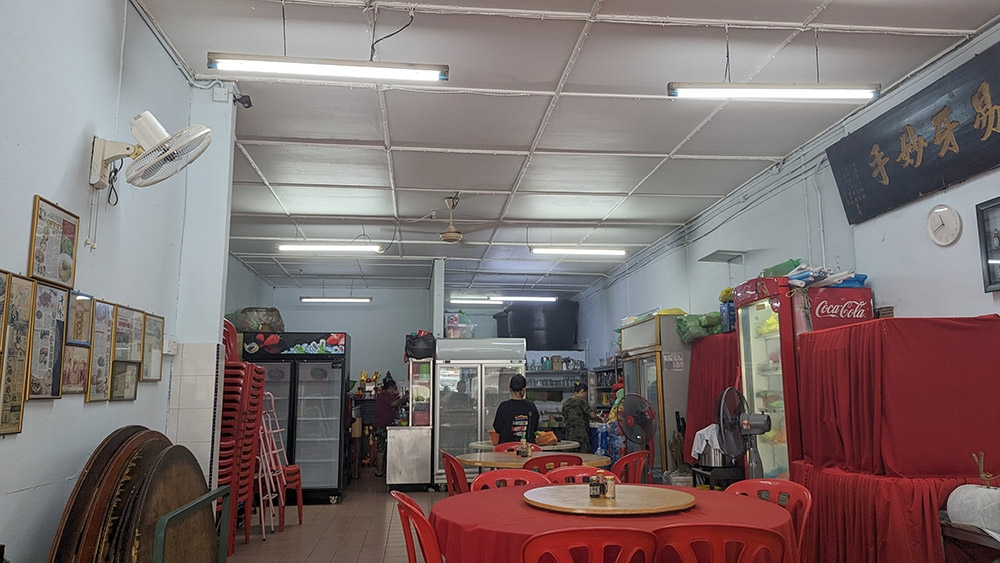
Though the austere look of the portion may be a sign of the times, it tastes exactly the same as it did all those years ago, and it still reminds me of the comforting flavours of home, just like my grandmother’s cooking.
The paper-wrapped chicken here made the cut for us seven years ago, and I’m glad to report that it’s still up to par.
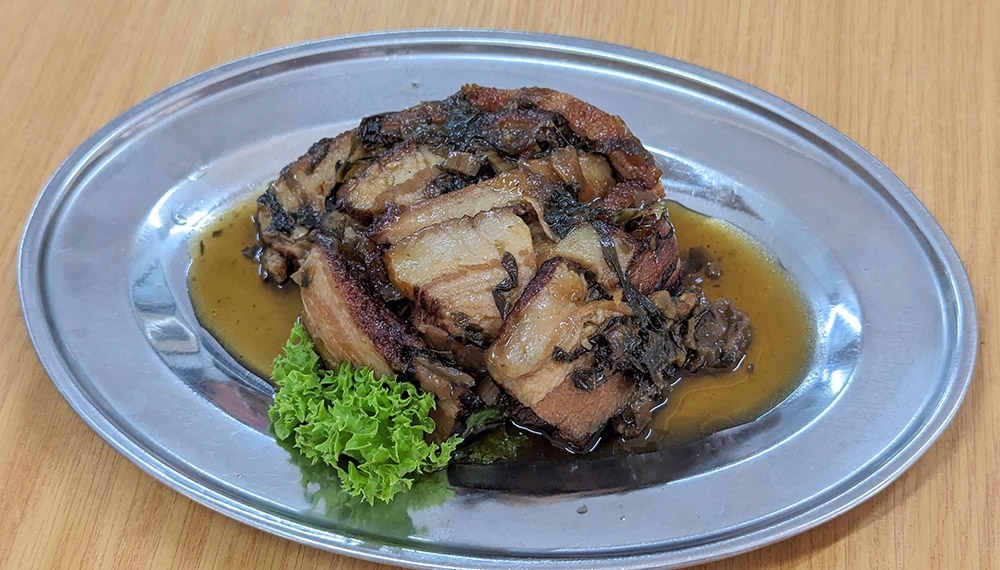
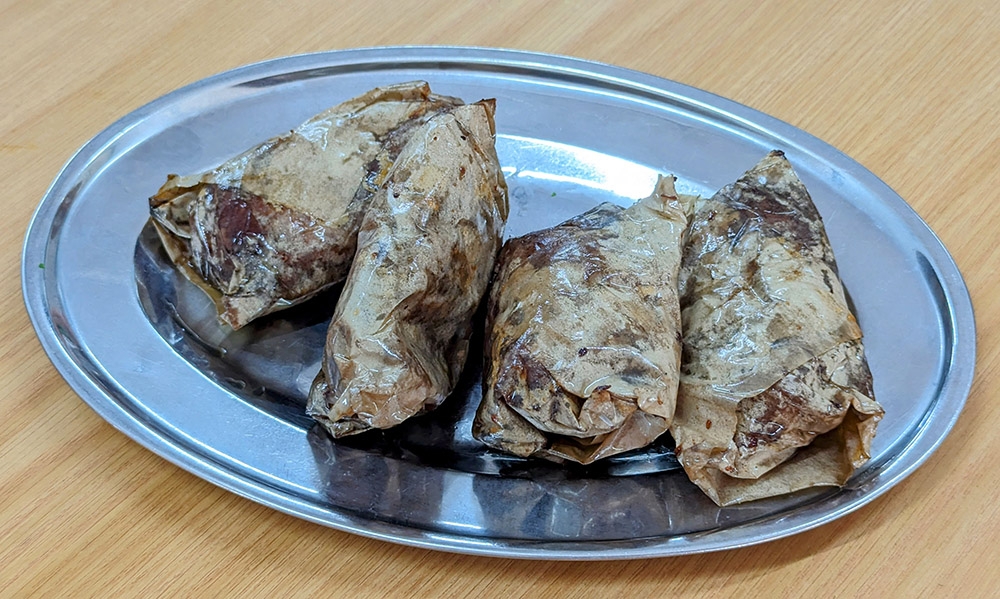
Little has changed; the deep-fried parcels of chicken arrive wrapped in cellophane paper, which you open to reveal juicy pieces of chicken drenched in a positively thick sauce that contains plenty of ginger and rice wine.
In the words of our own Lee Khang Yi, it’s a “messy but finger-licking dish”. The only difference is the price, which is now at RM5.50 per piece — about RM2 more than what it was a decade ago. Still, it’s as good as ever, and definitely worth it in my eyes.
Another enduring dish is actually a fairly inventive one. One prawn, two ways (RM12/100g) sees freshwater prawns halved width-wise, with the heads — and all that creamy, delicious head butter — steamed with rice wine, ginger strips and egg, while the tails are simply wok-fried in a rich, seasoned soy sauce mixture.
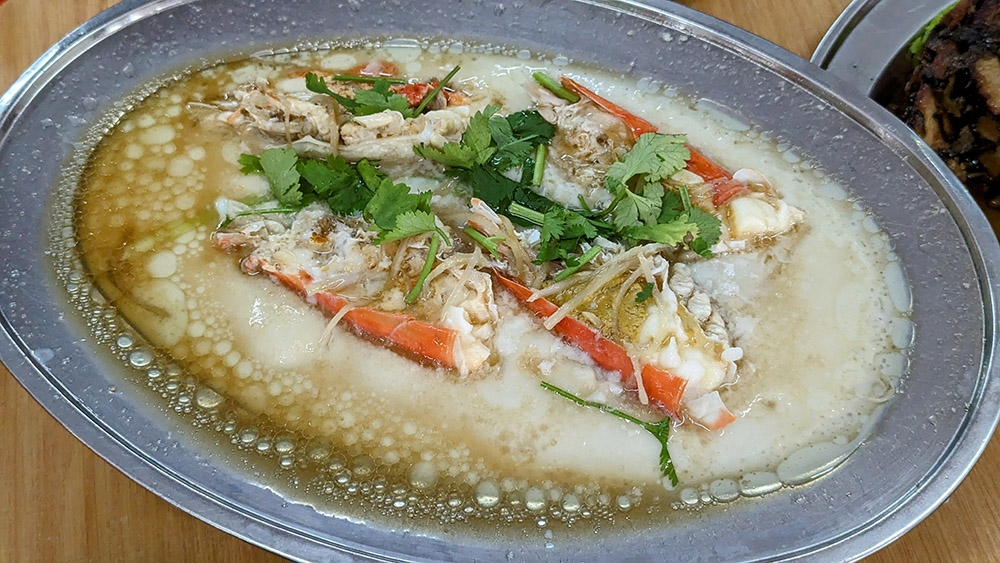
The former is heaven for fans of pristine and concentrated crustacean flavour, while the latter is a great showcase of springy prawn flesh, perfectly complemented by a soy sauce concoction so dark and thick it could pass for a balsamic reduction.
And don't worry, nobody's looking — go ahead and suck every last tail clean.
Finally, the pineapple pork ribs (RM28) are served in a hollowed-out pineapple, for a touch of old-school flair in presentation.
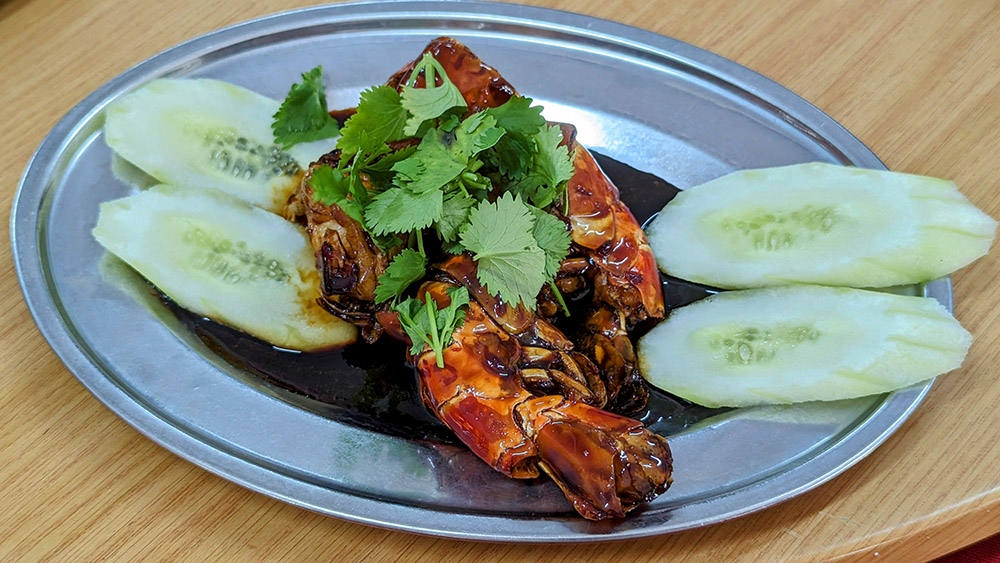
I’ve never been a fan of pineapple so I only ate the ribs in the past, blissfully oblivious to the fact that the pineapple was largely responsible for the sweet and slightly tart flavour that I enjoyed so dearly.
The ribs have a nice taut snap to them, making for a satisfying gnawing experience, while the chunks of pineapple are sweet and crunchy, much to my relief.
Chen Fatt is still family-run, now by the second generation. The restaurant opened in its current location in 1971 but the parents started selling food in the Seri Kembangan market in the 1950s.
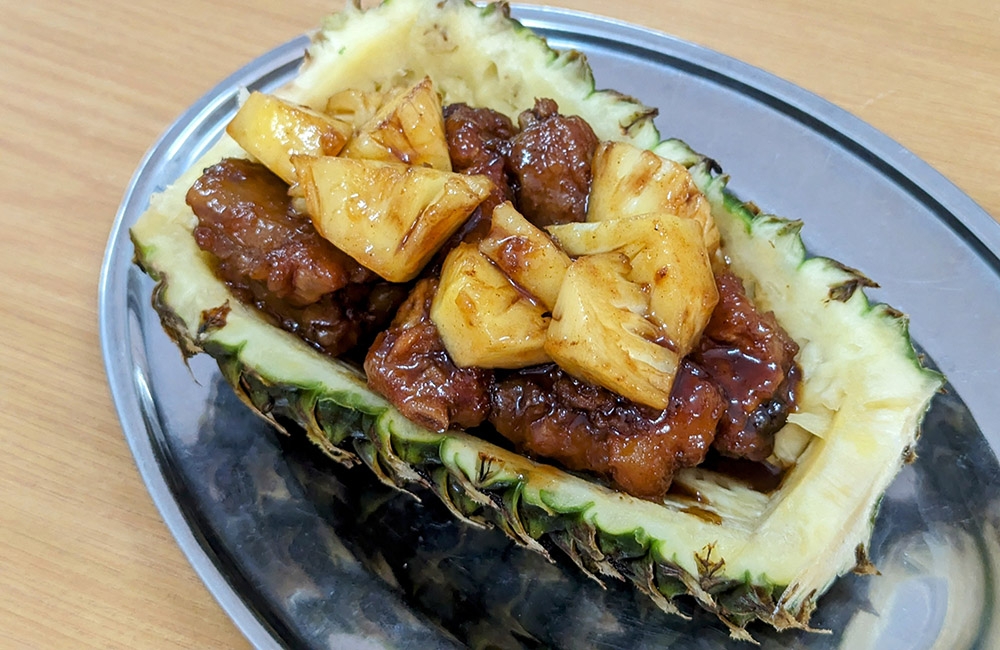
Of the eight siblings, the two youngest sisters are responsible for front-of-house duties.
After the meal, we had a conversation with the youngest sibling, though “we” is a stretch — my mother did much of the heavy lifting and I chimed in with a mixture of Cantonese and Mandarin.
They mutually lament the decline of Hakka as a language in much of the younger generation, of which I’m admittedly part of the problem.
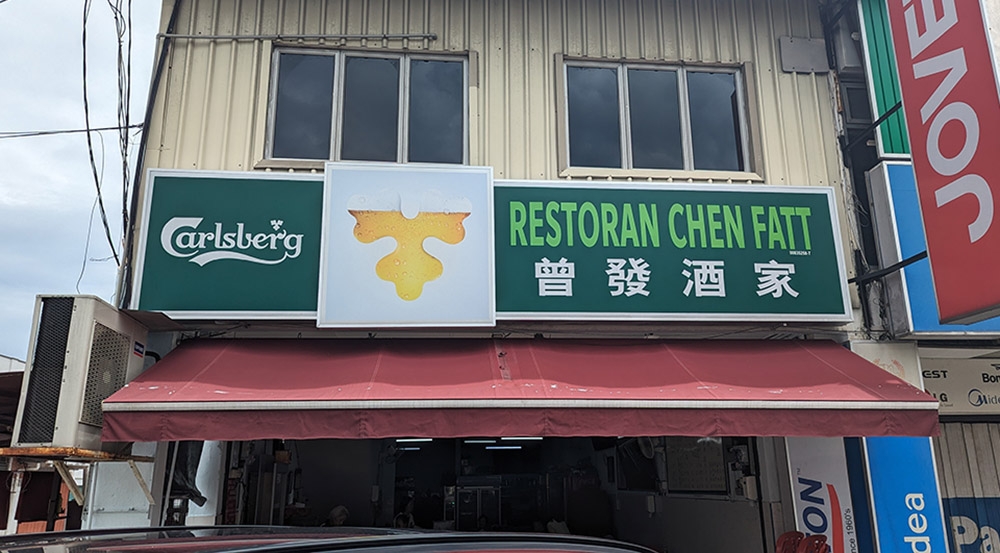
She turns 65 this year, and though she shows no signs of slowing down, she shared that there’s no plan for succession lined up.
The next generation in the family shows little interest in taking over, so they plan to keep things going for as long as they can before hanging it up.
It’s why everything’s remained largely the same, especially the food. The sign is new though, so there might still be time to come for that old-school taste — if you hurry.
Restoran Chen Fatt
1479, Jalan Besar, Kampung Baru Seri Kembangan, 43300 Seri Kembangan, Selangor
Open daily, 11am-2.30pm, 5.30-10.30pm
Typically closed on Thursdays, except public holidays.
Tel: 03-8948 6673
Facebook: Restoran Chen Fatt 曾发酒家
* This is an independent review where the writer paid for the meal.
* Follow us on Instagram @eatdrinkmm for more food gems.






















